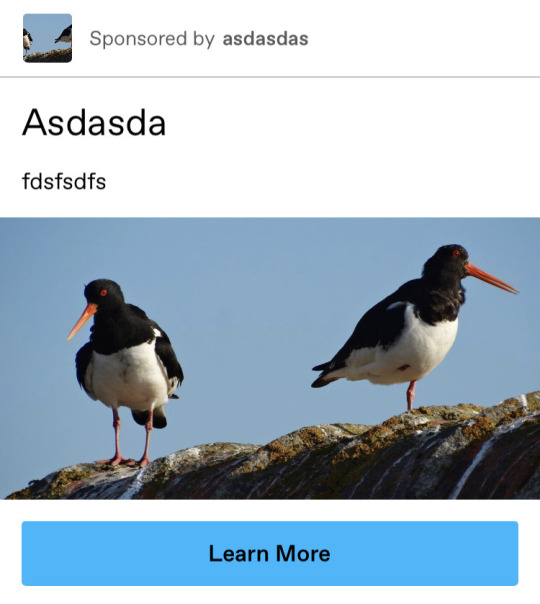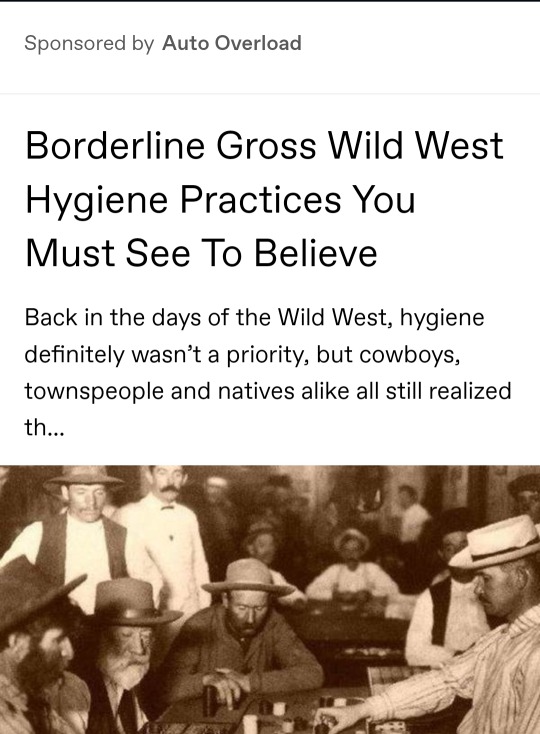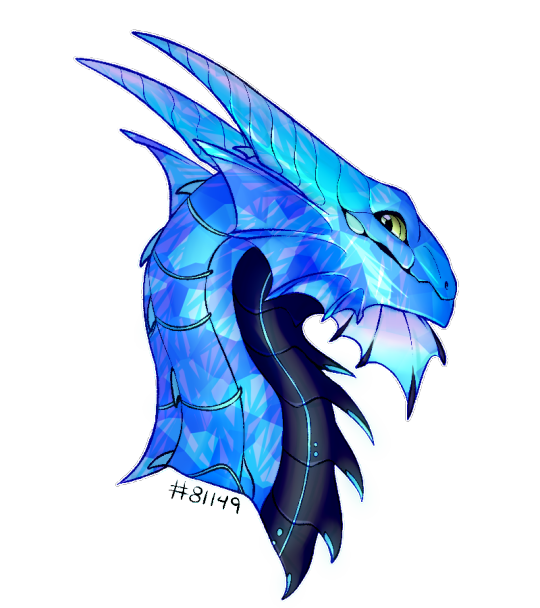Cobalt the aquatic reptile ΘΔ. 80s/90s kid (I'm finely aged). Draconic, theriomythic, reptilehearted (all reptiles). It/he. An outlier, adn should not have been counted. Trying to act with integrity and kindness towards others. Avatar by @monsterbrainsoup; mobile blog header by @utilitymonstergirl.
Don't wanna be here? Send us removal request.
Text
"we took porn off tumblr for more lucrative advertising" like this you mean








"post plus" pay me to have to look at these
88K notes
·
View notes
Text

A Bengal tiger (Panthera tigris) takes a dip in Bandhavgarh National Park, India
by Giovanni Mari
208 notes
·
View notes
Text
(Going off of the initial Japanese release dates as to which generation was current at the time excluding remakes that came out during that period. For simplicity's sake)
For example I turned 10 in 2007 so I would be starting in the Sinnoh region! Bonus if you tell me your partner Pokémon 👀 doesn't have to be one of the three starters!
#i... am too old to be any of these#i'm from the. uh. figaro region.#and my partner pokemon is this figaliz#it's poison type and everything look
2K notes
·
View notes
Text
The Weeping Angels are really scary until you realize if any organism sees them they are fucked so they get hard countered by geckos, who don't blink and can see in the dark. If the Doctor strapped like two geckos onto him he'd be fine.
#to be fair they *do* need to moisten their eyes#but since they only do it one eye at a time it's fine i guess?
7K notes
·
View notes
Text
As I’m setting up more of the site, I’m thinking about pages featuring poses or behaviors or comparative anatomy that might be useful. I’d like your input!
Here’s what I’ve got in mind already:
Juvenile animals (up already), elderly animals
“Portrait” pages with lots of faces/heads of the same species at the same angle, and/or the same across clades (e.g. all big cats, all canids)
Walk / run / fly cycles for different species
Loosely grouped poses for taxa (eg jumping, grooming)
Loosely grouped behaviors (social interaction, maternal?)
I’d like to hear from y’all what would be most useful to not have to dig through the giant species pages for.
350 notes
·
View notes
Text
It is a manmade concept. But I think that comparatively, we can talk about freedom as something we miss, living human lives.
A theriform crocodile, for example, doesn't know that it's free. The concept might impose itself on them anyway, such as when they're hunted or shot by humans protecting their territory, but they probably don't think about it. And that itself is a kind of freedom- not having to think about that concept.
Living a human life, I've been aware from day one that there are places I'm not allowed to go, that my existence is legally restricted to a narrow map of paths and sidewalks. As humans we can understand No Trespassing signs, border patrols, deportations and prisons, and that itself puts mental chains on our being.
There are plenty of things where you don't realise what you have until you've lost them, after all. And it's also part of why I support #LandBack and #NoBorders. All life should have the right to roam.
In fact, I think being able to understand freedom is one of the things that gives us non-theriform (anthroform?) folks greater obligation to all life as a whole; because our theriform kin cannot fight for it.
“To be wild is to be free” or anything associating the wilderness with freedom is a manmade concept when you stop and think about it.
Like, theriform animals don’t really have the same concept of freedom as our societies do (if at all). Freedom is commonly associated with independence or liberation from something besides yourself; in the case of our community, it’s associated with releasing oneself from humanity, any dependence on humans or human society, and/or the constructs therein. Theriform animals who’re wild or feral are viewed as animals who’re “born free”. Yet, that doesn’t make sense when you look at it from their point-of-view.
They are intelligent, make no mistake. That said, their perception of the world doesn’t factor the same concepts as ours. Typically, they don’t go about their existence with a concept of freedom— at least not akin to how our societies understand freedom. That’s simply their means of survival.
Some folks look to wild or feral theriform animals and think they understand themselves in the way, for example, Spirit understood himself in his titular film. But that’s a fictionalized perspective. It was depicted by human beings using a concept of freedom that they personally understand, not that of theriform mustangs.
I’m surprised not a lot of animal folk (especially therians) talk about this.
58 notes
·
View notes
Text
My Pokemon head canon is that if you were holding an Aron and she wanted to go down she would do the little cat thing where they wiggle until they leap out of your arms gracefully except Aron is made mostly out of solid steel and would land with the impact tungsten cube, dent the floor, cause permanent structural damage to the foundation, and then stand up and happily trot along like she didn't do anything
6K notes
·
View notes
Text
I think systems are fascinating. What a neat way to function throughout life. Sometimes it sucks and hurts to live with. Sometimes it's something you wanted. Sometimes you're neutral to it. Honestly, what a wide spectrum of things you can be.
38 notes
·
View notes
Text
Splitting and the Schizoid Experience: A Personal Take
For those of us with schizoid dynamics, splitting doesn’t always show up the way it’s described in most clinical writing. We don’t tend to flip between loving and hating people, or shift from idealization to devaluation in a dramatic way. Instead, our internal compass often revolves around one primary distinction, whether something (or someone) feels safe or unsafe.
This binary creates an internal threshold. Once someone crosses it, it can feel like there’s no going back. Even if the shift looks subtle from the outside, something has been internally reclassified. And that reclassification tends to lead us straight into withdrawal...
1. Safety vs. Danger as a Relational Filter
I think most of us aren’t operating on a spectrum of how much we like someone. Instead, we’re trying to calculate whether it’s safe to keep them psychologically near. If someone feels safe, we might let them orbit us maybe even with a surprising level of internal fondness. But if they feel unsafe, that fondness often shuts down immediately.
It’s not always a conscious decision. There’s usually a felt shift (something in the body, or a sudden distancing in the mind) that signals it’s time to pull back. It can feel like that person no longer exists in the same way. Not because we hate them, but because our inner structure has flagged them as dangerous.
2. Emotional Distance Isn’t Indifference
I’ve noticed that emotional distancing after a breach of safety doesn’t mean we stop caring. It just becomes too dangerous to keep caring actively. It can be difficult to keep someone in view internally without reverting to extremes, either too close or completely severed. So we cut contact, emotionally or physically, not to punish, but to stabilize.
Many of us have trouble with "whole object constancy" holding someone as both good and bad at the same time. If someone lets us down in a way that hits the wrong nerve, it may feel safer to view them only through that new filter, even if part of us knows the full picture is more complex. That awareness doesn’t always override the internal demand for safety.
3. The Role of Dissociation and Detachment
In situations where we don’t or can’t physically withdraw, some of us dissociate instead. It’s like we retreat to another layer inside ourselves. We might still talk, still nod, still function... but we’re not really present. I think of it as shifting operations to a more internal control panel, where emotions are muted, and thoughts are screened.
This is especially likely to happen if a situation feels emotionally loaded, but we don’t have the tools or bandwidth to process it in real time. It’s less about being cold, and more about needing a buffer from what’s coming in.
4. Why We Might Not Return
One of the hard things about splitting in the schizoid experience is that once someone feels unsafe, there often isn’t a reset button. Even if they apologize or circumstances change, the shift in our perception tends to hold. I think this is because reestablishing trust would require lowering our defenses again, and for many of us, that feels more dangerous than staying detached.
This can create long-term isolation, even when we miss the connection. The protection instinct overrides the relational impulse.
5. What It Means to Understand the Pattern
Understanding that splitting can be based on perceived safety instead of moral judgments has helped me a lot. It reframes those internal cutoffs as self-preserving responses rather than cold dismissals. It also helps explain why others may not understand our sudden emotional retreat, because from the outside, nothing has visibly changed.
If we can start to track what makes someone feel safe or unsafe to us, it might be possible to hold more nuance over time... or at least to understand our responses with less internal confusion.
We may not always be able to change the pattern, but recognizing the structure behind it can give us some grounding. That grounding can help us make clearer decisions, and maybe even open a few internal doors that would otherwise stay shut.
Schizoid Education Videos
48 notes
·
View notes
Text



If your interest in reptiles comes from the pet hobby, you probably know these guys as sulcata tortoises- but if your interest comes from the zoo world, you're more likely to know them as African spurred tortoises, or African spur thighed tortoises. Bud here is showing off why! See those spurs on his legs? It's theorized that those are to help defend against predators. When a tortoise like this tucks into its shell, the spurs stick out and present an uncomfortable area to bite.
What's interesting to me is that the spurs that they're named after are actually the ones on their hind legs, even though they're much smaller than the big spikes on their front legs, which you can see quite clearly on Bub below:


(Yes, their names are Bub and Bud. They're rescued taken in by a man named Bob, and they came with those names, believe it or not!)
#reblogging for those cool spurs#but also the photos of tortoises breaking through drywall like scaly kool-aid men
2K notes
·
View notes
Note

THE GROAN I GRUMPT. thank you @earhartsease
If money wasn't an issue would you buy a custom fursuit?
2K notes
·
View notes
Text
YALLL I WENT TO A JUNETEENTH FESTIVAL
it was BEAUTIFUL
2K notes
·
View notes
Text



"I can't believe it's more DTDAY stuff"
111 notes
·
View notes




